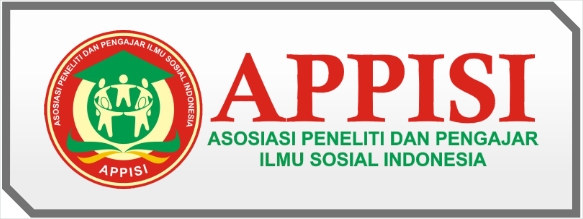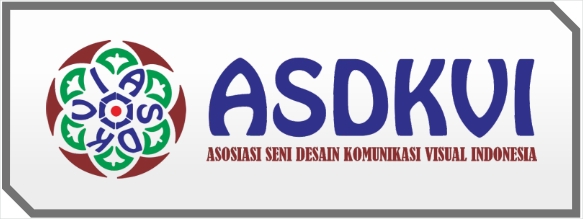Hambatan Komunikasi Antar Budaya Mahasiswa Asing Universitas Teknologi Sumbawa
DOI:
https://doi.org/10.59581/harmoni-widyakarya.v1i3.998Keywords:
Barriers, Communication, Cross-cultural Communication, Foreign StudentsAbstract
Communication is a natural way for humans to convey ideas, identity, ideas and their existence to others. One type of communication is intercultural communication. This is communication that occurs between communication participants who have different cultural backgrounds. Sumbawa University of Technology is a tertiary institution that has foreign students from various countries in the world, it is this condition that makes Cross-Cultural Communication intertwined here. The purpose of this research is to find out the barriers to cross-cultural communication experienced by foreign students at the Sumbawa University of Technology. This research is categorized as a qualitative research with data collection techniques, namely interviews. Three informants have become participants in this study who were selected based on a purposive sampling technique. Furthermore, data were analyzed using the Milles & Huberman model with 3 stages; data reduction, data presentation, and conclusions. The results of this study indicate that the barriers to Cross-Cultural Communication experienced by foreign students at the Sumbawa University of Technology are language, misunderstanding of nonverbal behavior, a tendency to judge, and high anxiety.
References
Barna, L. M. (1988). Stumbling Blocks in Intercultural Communication. 322.
Haryono, C. G. (2020). Ragam Metode Penelitian Kualitatif Komunikasi.Sukabumi: CV Jejak, Anggota IKAPI
Kurniati, D. P. (2016). Modul Komunikasi. Denpasar: Universitas Udayana Fakultas Kedokteran.
Moekijat. (1993). Teori Komunikasi. Bandung: Mandar Maju.
Muchtar, K., Koswara, I., & Setiaman, A. (2016). Komunikasi antar budaya dalam perspektif antropologi. Jurnal Manajemen Komunikasi, 114-124
Mulyana, D. (2002). Ilmu Komunikasi: Suatu Pengantar. Bandung: PT Remaja Rosdakarya
Mulyana, D., & Rakhmat, J. (1990). Komunikasi antar budaya / penyunting, Deddy Mulyana, Jalaluddin Rakhmat. Bandung : Remaja Rosdakarya.
Nurudin. (2012). Sistem Komunikasi Indonesia. Jakarta: Rajawali Pers.
Samovar, Larry A. dan Richard E. Porter. Communication Between Cultures. Ed. Ke 4. Belmont, CA: Wadsworth, 2000.
Sugiyono, P. (2015). Metode Penelitian Kuantitatif, Kualitatif, dan R&D. Bandung: Penerbit Alfabeta.
Risdwiyanto, A. & Kurniyati, Y. (2015). Strategi Pemasaran Perguruan Tinggi Swasta di Kabupaten Sleman Yogyakarta Berbasis Rangsangan Pemasaran. Jurnal Maksipreneur: Manajemen, Koperasi, dan Entrepreneurship, 5(1), 1-23. http://dx.doi.org/10.30588/SOSHUMDIK.v5i1.142.
Bator, R. J., Bryan, A. D., & Schultz, P. W. (2011). Who Gives a Hoot?: Intercept Surveys of Litterers and Disposers. Environment and Behavior, 43(3), 295–315. https://doi.org/10.1177/0013916509356884.
Ethnologue. (2022, 3 1). How Many Languages Are There In The World? Retrieved from ethnologue.com: https://www.ethnologue.com/guides/how-many-languages
Kemdikbud, p. w. (2022). Mendikbudristek Luncurkan Merdeka Belajar 17: Revitalisasi Bahasa Daerah. Retrieved from kemdikbud.go.id: https://www.kemdikbud.go.id/main/blog/2022/02/mendikbudristek-luncurkan-merdeka-belajar-17-revitalisasi-bahasa-daerah
Downloads
Published
How to Cite
Issue
Section
License
Copyright (c) 2023 Ahmad Roja Dhiyaul Haq

This work is licensed under a Creative Commons Attribution-ShareAlike 4.0 International License.














